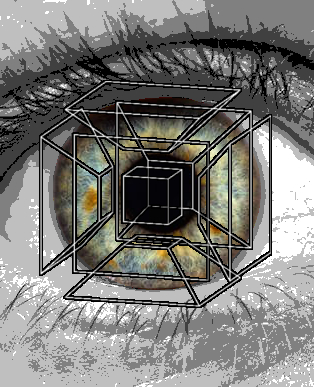Lines laid down by thinking eyes
 A new study has shown that the human eyeball does a lot of visual processing before its signals even reach the brain.
A new study has shown that the human eyeball does a lot of visual processing before its signals even reach the brain.
It suggests that shapes, lines and movement are actually deciphered in the retina of the eye, rather than within the brain’s visual cortex, as previously thought.
A new paper by University of Melbourne neuroscientist Professor Trichur Vidyasagar and Professor Ulf Eysel from Ruhr-University-Bochum in Germany suggests we process orientation and movement of objects in the same way we process their colours.
Most information about the world around us is processed in the visual cortex of the brain, but it has long been known that colour is a different case.
Colour perception initially comes from the eye itself, which has three types of receptors in its cone cells of the retina that are sensitive to red, green and blue.
Information sent from the cone cells is measured by the brain’s primary visual cortex as a ratio of the activity of the three cone types. Every perceived colour has thus, a unique ‘ratio’.
“Our sensory world of colour is first painted by only three primary pigments rather than drawn with hundreds of different coloured pencils, which is a very efficient way of processing” Prof Vidyasagar explains.
“But we have found that the way colour is processed may not be unique to colour perception, but may also apply to perception of most sensory stimuli.
“When we observe that the orientation of a line or an edge is vertical, horizontal or oblique, or that one object is larger or darker than another, or how fast an object is moving, our nervous system uses the same simplifying and combining principles as it does when perceiving colours.
“The mechanisms for registering, for example, a line’s orientation, are already in the retina in a coarse form. And just like colour, the visual cortex is only required to sharpen these signals.”
It is both exciting and important to study the circuitry of the sensory systems, as it could be essential to making medical advancements in the treatment of conditions such as dyslexia and schizophrenia, or even to develop bionic eyes.








 Print
Print